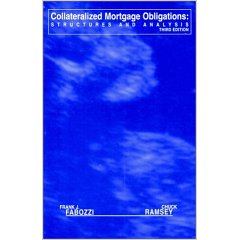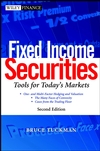Foreclosure defense is a new legal specialty whose strategies and techniques are still being worked out. Mr. Ticktin, who has some 3,000 foreclosure clients, says his plan to collect fees by taking another mortgage on his clients' properties has already been copied by other firms.
The Ticktin mortgages resemble the loans that the clients originally got from Countrywide, GMAC and other lenders. Each will be a contractual obligation with the law firm, labeled as a mortgage and structured like one, too, with the client paying a certain sum every month and using the house as collateral.
Unconventional payment structures are becoming popular in the foreclosure hotbed of Florida. Whether they yet have caught on elsewhere is unclear. Certainly, Mr. Ticktin is far from the only lawyer being forced to innovate.
"We can put in $100,000 of our time but over the length of a case be paid only $6,000 in monthly fees," said Thomas E. Ice of Ice Legal in Royal Palm Beach.
Mr. Ice, Mr. Ticktin and many other Florida foreclosure lawyers typically receive a few hundred dollars a month from each client. To supplement that, they seek legal fees from the banks they successfully challenge as well as contingency fees.
Contingency fees are standard in cases in which the client has little money but there is the possibility of a large payout. A slip and fall on a store's wet floor or a medical malpractice claim are classic contingency cases. If the plaintiff wins, insurance companies ultimately foot the bill.
In foreclosure cases, however, the client pays the contingency fee. While such an approach is sometimes used in commercial litigation, this is a first for consumer cases, said Lester Brickman, a professor at Cardozo Law School in New York.
"For a lawyer to supplement or replace the banks as a long-term mortgage creditor of homeowners leaves me a little queasy," said Mr. Brickman, an expert on contingency fees. "It's an invitation for the public to say, 'There go the lawyers again.' "
If the Ticktin lawyers -- there are 19 now and will be two more soon -- cause the original mortgage to be nullified or reduced because of the bank's misdeeds, the client must take out a new mortgage for 40 percent of the savings.
For instance, if the mortgage was $500,000 and is reduced by the bank to $200,000, the client would owe Ticktin 40 percent of $300,000, or $120,000, minus any legal fees paid by the losing bank as well as any monthly sums paid to the law firm.
Clients would be attracted to this arrangement because they might save nearly $200,000 and avoid foreclosure. They can either stay in their house or -- after another legal hurdle -- sell it.
Mr. Ticktin conceded there were potential problems with this "pay later" plan, starting with the uncertainty over whether the clients could and would pay the debt over a period of many years and what Mr. Ticktin's response would be if they did not.
"We would never enforce the mortgage and foreclose," he said. "We're not in that end of the game. We're not money lenders. We're charging a small amount of interest" -- four percent -- "just to make it legal."
Continue reading "Pay for foreclosure defense with a second mortgage ?" »








